Evidence-Based Technical Analysis: Applying the Scientific Method and Statistical Inference to Trading Signals
$28.40
| Author(s) | |
|---|---|
| Pages |
526 |
| Format |
|
| Publication Year |
2007 |
Evidence-Based Technical Analysis by David R. Aronson is a landmark work that redefines how traders and analysts should evaluate trading systems and price patterns. Rejecting intuition and anecdotal “chart wisdom,” Aronson introduces a disciplined, scientific framework for assessing technical trading signals using statistical inference and empirical validation.
At its core, the book argues that most technical indicators and chart patterns fail to meet rigorous scientific standards. Aronson shows how traders can separate genuine market edge from random noise by applying the scientific method—formulating hypotheses, testing them objectively, and rejecting those unsupported by data. Through this evidence-based approach, he challenges the myths of traditional technical analysis and replaces them with a robust methodology rooted in logic, mathematics, and data integrity.
The author provides detailed explanations of hypothesis testing, data-mining bias, curve fitting, and statistical significance, emphasizing how improper testing can lead to false conclusions and costly trading errors. He also introduces the concept of data-snooping control, demonstrating how to evaluate multiple indicators without overstating their predictive power. By integrating quantitative methods with critical thinking, Aronson offers readers a path toward building systems that can withstand statistical scrutiny and real-world volatility.
Beyond its quantitative depth, the book delivers an intellectual shift—it transforms technical analysis from an art of pattern recognition into a science of probabilistic reasoning. Aronson’s clear, structured explanations make complex topics like Bayesian inference and robustness testing accessible to serious traders seeking analytical rigor.
For professional analysts, systematic traders, and researchers, Evidence-Based Technical Analysis serves as both a reference and a roadmap for developing objective, testable, and verifiable trading strategies. It is not a collection of trading tricks—it is a manifesto for critical thinking in financial markets.
By blending the disciplines of science, statistics, and market behavior, Aronson has set a new standard for what it means to trade intelligently in the era of data-driven finance.
Contents:
- Objective Rules and Their Evaluation
- The Illusory Validity of Subjective Technical Analysis
- The Scientific Method and Technical Analysis
- Statistical Analysis
- Hypothesis Tests and Confidence Intervals
- Data-Mining Bias: The Fool’s Gold of Objective TA
- Theories of Nonrandom Price Motion
- Case Study of Rule Data Mining for the S&P 500
- Case Study Results and the Future of TA
Evidence-Based Technical Analysis: Applying the Scientific Method and Statistical Inference to Trading Signals By David Aronson pdf
18 reviews for Evidence-Based Technical Analysis: Applying the Scientific Method and Statistical Inference to Trading Signals
Clear filtersOnly logged in customers who have purchased this product may leave a review.

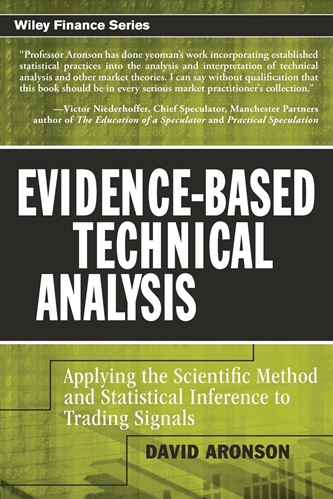
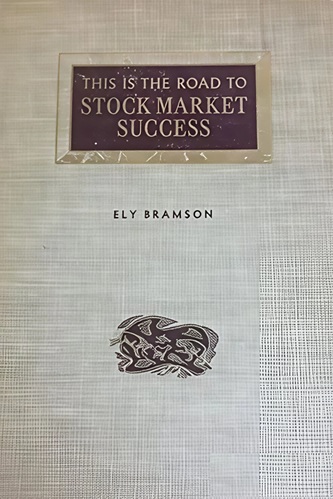
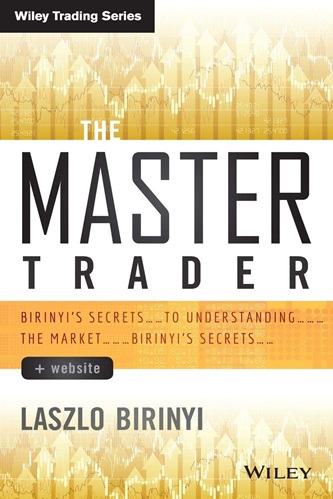
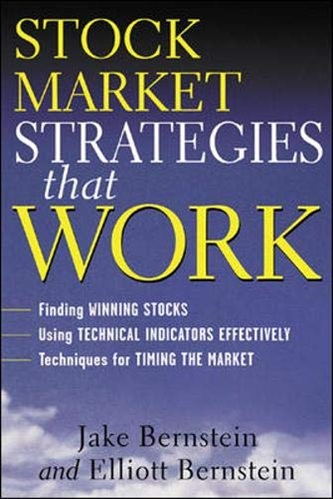
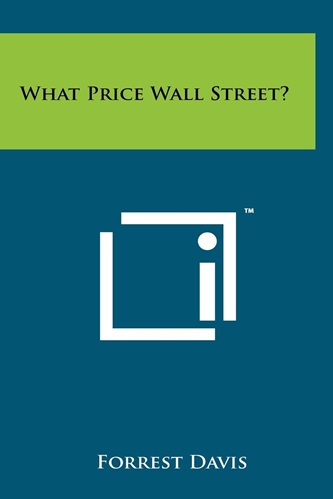
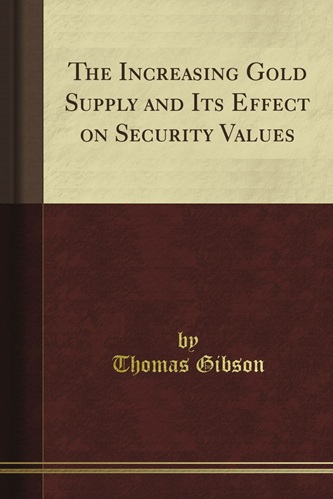
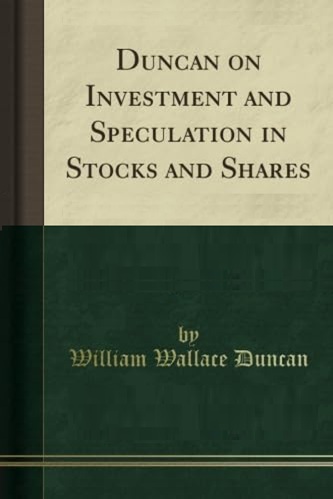
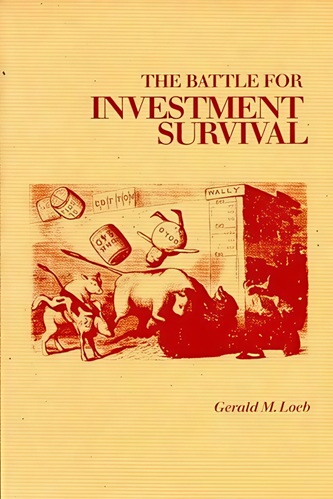
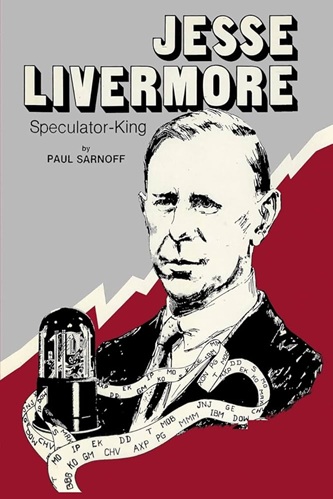
Harrison Keith (verified owner) –
The Holy Grail in stock market investment is a technical indicator that can predict future price movements better than a flip of a coin. Unfortunately, few such indicators have been identified, and those that do exist are just marginally (and often temporarily) effective and require the assets of an investment bank that can place large bets and where trading commissions are neglible. There are so many ill-defined unvalidated technical indicators that have been around for ages that Aronson’s book does a great service by debunking them with actual statistical analysis. Many investors believe in false signals because they are correct once in a while, but even a broken watch is correct twice a day (once a day in military time). If this book saves you even one losing trade, you will have benefited from it. Aronson also provides a very useful reading list. Highly recommended.
London Carroll (verified owner) –
The key learning I took from this book was it will certainly shed light on the dubious nature of technical analysis. The author questions the validity of TA repeatedly and if you had a lot of faith in TA, good luck holding on to those beliefs. Now, as a victim of confirmation basis (believing what you believe in) this book was sad in that my faith in TA is now harmed. The author’s premise is that traditional TA is worthless and he makes a compelling case. However, his own thoughts about how evidence-based ta (EBTA) is more effective is weak in that it will not be easy to implement. In summary, the book is somewhat entertaining, sad for TA enthusiasts, and most of all.. it questions everything you think.
Carly Velez (verified owner) –
one of the most interesting technical books I’ve read in my 38 years in applied physics, mathematics and engineering. Part of this time included teaching Nuclear Engineering at the graduate level and many years teaching mathematics at the undergraduate level. In that roll I reviewed many text books for class room application.
Elyse Randall (verified owner) –
I just finished reading this book and enjoyed every chapter. This book gives useful information on the process of analyzing and backtesting TA rules that are widely used among traders. Aronson shows the reader how statistical analysis can be used to analyze the effects of TA rules and their validity.
The author gives a clear explanation on the background of probability distributions and how this formal analysis can be used to analyze the domain of TA. I especially liked the way the author explained the concept of probability distributions. I’ve already spent great amounts of time studying statistics as a student for my master degree in economics, but this was the first book that could really explain me the logic of these statistic concepts. Even complex statistic applications (like the Monte Carlo method) are also explained in a straightforward understandable way to the reader.
The chapters on backtesting trading rules and data mining are also helpful for people in this area.
I would recommend this book to anyone interested in TA and especially to those interested in more objective (evidence based) TA.
Cannon Pearson (verified owner) –
I usually don’t review much, but I really thought this was a good read. I do a lot of quantitative analysis, but wouldn’t consider myself a “quant”. There were plenty of useful tips and good practical ideas that I found pretty useful. I will definitely be incorporating many of these ideas into my normal day to day research processes.
Trenton Pineda (verified owner) –
Aronson had some really good thoughts in this really long book.
#1 If you’re weak on backtesting methods, this will give you help understanding the statistical testing necessary in order to prove your method worthwhile or not.
#2 This book will help you to define what is a true, objective, scientific based technical analysis of the financial markets from a loose, subjective imaginative based technical analysis of the same.
Good, but lengthy.
Nola Owen (verified owner) –
A well written book about the failures of traditional TA. If you’re developing automated strategies, you’ll find here a deep insight into the issues and problems you might encounter. My only points of critique is its length: as usual with trading books, it’s over-explaining – the same information content would fit on half the number of pages. Nevertheless, it’s one of the best TA books available.
Bryce McLean (verified owner) –
I found this book well written, informative and entertaining. Unfortunately the limits of data mining to TA makes it a book that poses challenges for those seeking a systematic machine driven trading system. Some of the referencing was incomplete e.g. P.K. Kaufman who was heavily relied upon in the case study was never properly referenced. Otherwise an excellent book.
Andrew Monroe (verified owner) –
David Aronson is to be Congratulated.
The statistical tests explained in his book (essentially chapters 4-7) are now required reading for the Market Technician Association’s “Chartered Market Technician” (CMT) Level II program.
In addition to good background info on the unreliability (some may say: fallacy) of traditional (subjective) TA, there is no clearer explanation of how to integrate significance testing (scientific method) into your trade system evaluation procedure.
Although many books use significance testing to evaluate trade performance, there is simply no other book which explains the testing procedure in detail.
If you’ve always had the feeling that statistical methods could/should be used in your trade set ups– this book wont help (in that case buy Bollinger’s book on “Bollinger Bands”)– but it will give you enough info to question traditional backtesting as the authoritative/definitive TA evaluation method.
Wordy, often too philosophical in early chapters, but great read for those looking for tools rather than golden-rules.
Kensley Guerrero (verified owner) –
Is a great book, t. however, I think it need more practical considerations. but, in general, is very very useful.
Kiara Cameron (verified owner) –
A definitive guide in statistical tests for trading systems. To much space wasted in chapters 2 to 4 explaining the roots of logical thinking, this is not what a trader is expecting.
Kareem Webster (verified owner) –
Excellent book to read with David Aronson’s book “Statistically Sound Machine Learning for Algorithmic Trading of Financial Instruments”. Without a “statistical edge” trading is a waste of time and money.
Oscar Vazquez (verified owner) –
I have read this book twice, first time was to get a feel of the materials, second time to really digest and make notes on the content. This book can give you a framework on how to approach on creating your own system. It is very detailed so you need some patience on reading and reading some chapters to really drill down to the details. It is a bible for me at the moment!
Sky Dunn (verified owner) –
Although it is not an easy read there are several excellent attributes of this book. It puts everything under question and test. There must be a reason why 95+% traders lose – they are spoon-fed with false information. However, one thing there is a major discord – while the author states that financial markets are complex systems only simple rules are tested! (and obviously all fail) .. Fair enough, Mr. Aronson mentions that in critiques of the case study ..
Dawson Villegas (verified owner) –
I didn’t find anything useful in this book. A total waste of time and money.
Journee Phillips (verified owner) –
I enjoyed this book but, honestly, found it to be a bit too verbose at parts that should have cut to the chase a little faster. The message of the book is very important, however, and should be internalized quickly by anyone attempting to barrel down the TA path.
Rosalia Simmons (verified owner) –
Lots of details
Rayan Payne (verified owner) –
This is an interesting – but long-winded – scrutiny of technical analysis. The author argues, somewhat convincingly, that to be taken serious technical analysis needs to be testable, and to make testable predictions. Ironically, of course, the same can be said about fundamental analysis, and he ignores that topic.
Unfortunately the author is not as adept at logic as he appears to consider himself; to give one example, on several occasions he argues that a “premise of popular TA, which asserts that price perfectly reflects all information, contradicts another of its central premises, that price contains predictive information”. That argument is simply false.